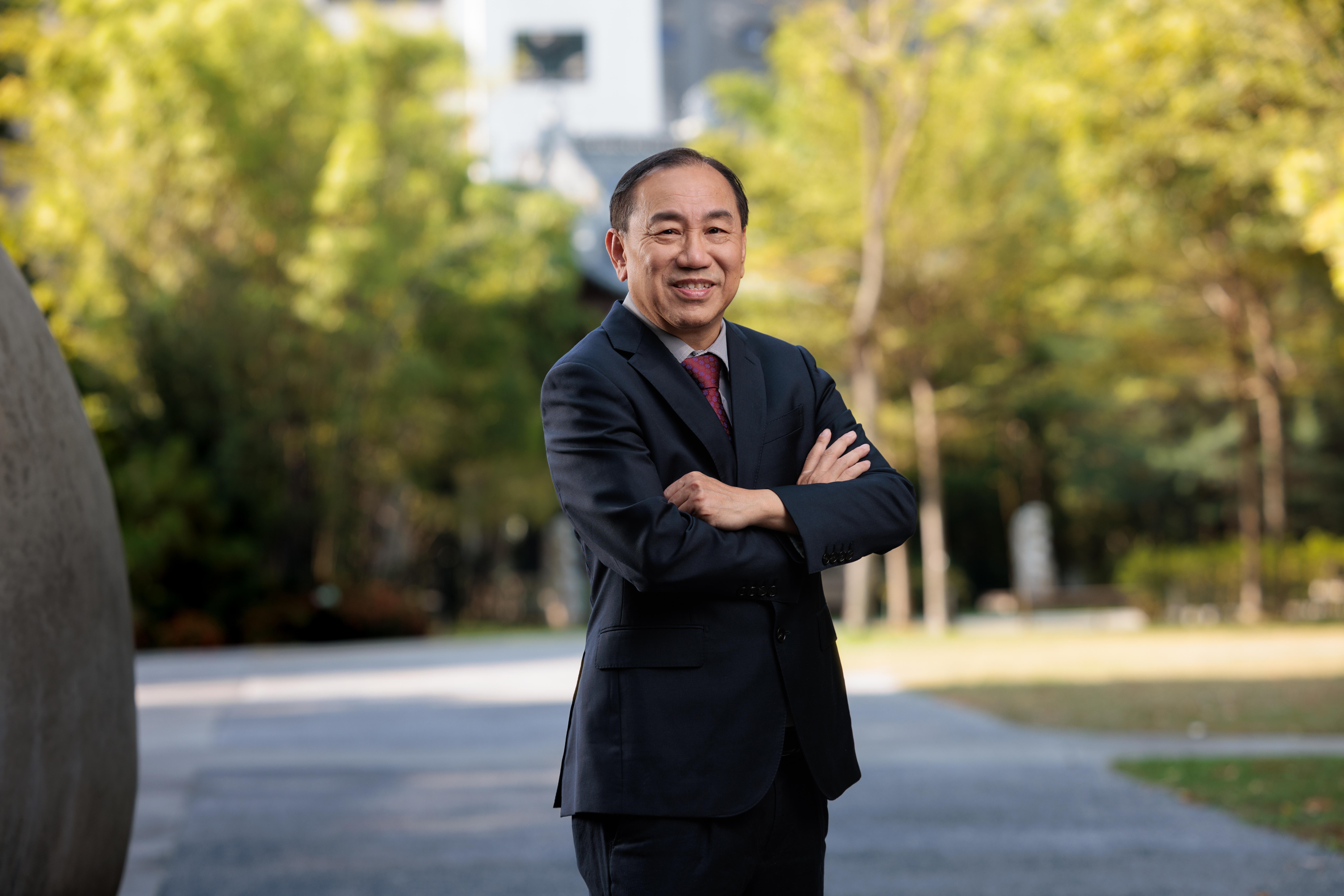Virtual and Physical Prototyping: Rise of Asia's Additive Manufacturing

In the early 2000s, the Internet revolutionized global competition, shifting it from local to international. Product lifecycles shortened, requiring quick market entry for new items, and the industry moved from mass production to mass customization. Academic research increasingly focused on the value-adding processes in new product development.
To facilitate scholarly exchange, Paulo Bártolo, then head of the mechanical engineering department at the Polytechnic Institute of Leiria, Portugal, organized the 2003 International Conference on Advanced Research in Virtual and Rapid Prototyping (VRAP). The conference brought together researchers across virtual and physical prototyping, and the second VRAP followed two years later. Inspired by its success, Paulo conceived the idea of a new journal, Virtual and Physical Prototyping (VPP), and I am honored to be invited as co-editor-in-chief.
The inaugural VPP issue in 2006 featured five papers, a strong start for a new journal. Field-specific journals often struggle with low submissions, inconsistent quality, and editorial delays, all of which can burden editors heavily. Many failed early but VPP thrived. VPP published four issues annually, with Paulo and I alternating editorial duties and co-writing the editorial for every edition.
Persevering through storms
VPP faced challenges after the rise of 3D printing. ASTM F42 and ISO TC261 jointly published standard terminology, making "additive manufacturing" the official term for layer-by-layer fabrication. This rendered terms like virtual and physical prototyping, rapid prototyping, and solid freeform fabrication obsolete, except for 3D printing, which remains popular for its simplicity and public recognition.
This terminological shift diminished VPP's visibility. We considered renaming it but decided to retain the original name, believing that journal quality mattered more than its title. With the support of Paulo and our colleagues in Portugal and Singapore, VPP weathered this crisis.
Revitalizing by reform
The field of additive manufacturing is expanding globally, yet our journal remains focused on new product development, as does the editorial board. To enhance the journal's quality, we recognized the need for a refreshed editorial board.
In 2015, we expanded the board by bringing in new experts in additive manufacturing, ensuring a balanced geographic representation. Thanks to the new editorial board, VPP was accepted into the Emerging Sources Citation Index in 2018, a milestone towards Science Citation Index. After the reform, Paulo stepped down as founding editor, anticipating a rise in Asian submissions. With my stronger ties to Asia, the alternating editorial approach changed, and I became VPP's sole editor-in-chief.
Prospering in new norm
The year 2020 was a milestone for VPP. In June, we received our first impact factor, which led to increased global submissions. However, the trend shifted from the West to the East, with China surpassing the U.S. and the UK to contribute over half of VPP published papers.
This reflects not only the growing additive manufacturing community in China but also its R&D strengths. Today, we have seven editorial board members from China, representing the western, southern, eastern, and central regions, with northern candidates under consideration.
VPP has evolved through several phases, witnessing the development of scientific research in China. What will be the next development for VPP?
While I don't have a definitive answer yet, I am confident that China's additive manufacturing community, along with additive manufacturing communities worldwide, will play a crucial role in shaping the future.
The article is written by Chua Chee Kai, the editor-in-chief of VPP, fellow of the Singapore Academy of Engineering, and associate provost for research at the Singapore University of Technology and Design.
Journal Review
VPP is a leading publication in the interdisciplinary field that merges computer science, mechanical engineering, materials science, and other related disciplines. As the manufacturing sector advances through digitalization and intelligent technologies, this field has become a focal point for innovation and research, both in academia and industry, on a global scale.
VPP's prominence reflects its significant role in shaping discourse within this evolving domain, attracting substantial contributions and citations from researchers worldwide and establishing its influence in the international academic community.
Through the dissemination of high-quality research articles, VPP provides an essential platform for scholars to share their findings. The high standards set by the journal also serve as a catalyst for researchers to enhance the rigor and impact of their work, fostering deeper exploration and advancement within the field.
In China, the rapid development and digital transformation of the manufacturing industry have catalyzed growing interest among researchers in virtual and physical prototyping technologies. Chinese institutions are increasingly collaborating with prestigious international partners on joint projects and educational programs. This enhanced cooperation has resulted in a notable rise in submissions from Chinese academics, making the journal a vital link between the Chinese and global academic communities.
—— Lu Bingheng, an academician of the Chinese Academy of Engineering, a professor at the Xi'an Jiaotong University and the director of the National Innovation Institute of Additive Manufacturing.







